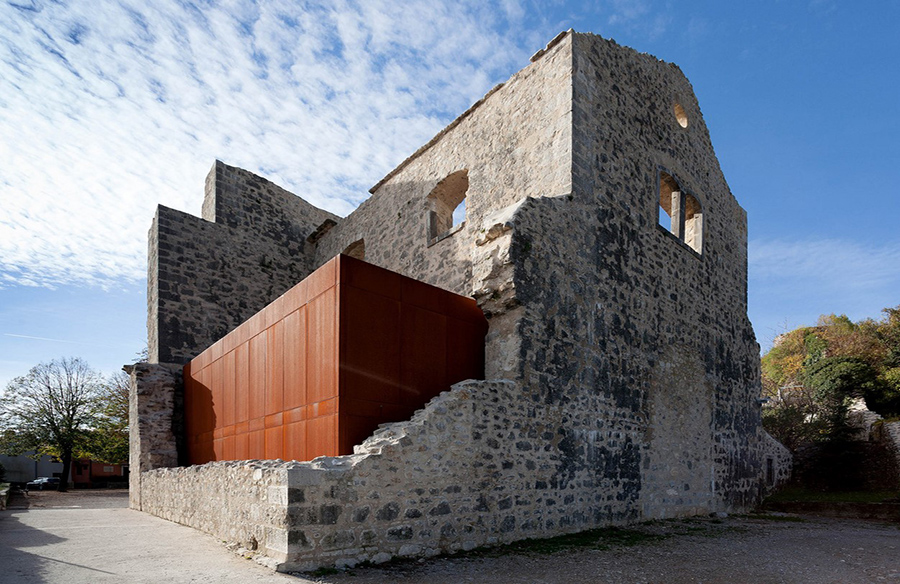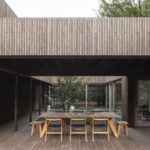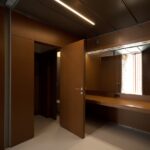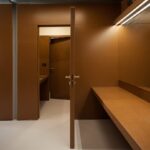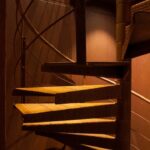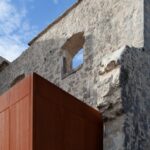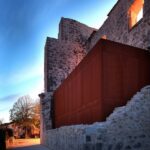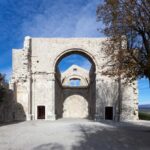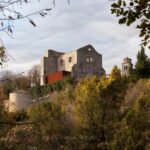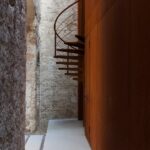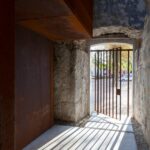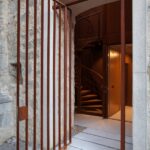Uncovering Archaeological Inspiration
The reconstruction and redesign of the internal and external areas of Crekvina-Kastav are deeply rooted in the archaeological remnants of the baroque Jesuit Church of Holy Mary. Inspired by fragments of the church’s wall and apse, which were never fully realized, the design pays homage to this historical site. The exact construction date of the church remains uncertain, with varying sources suggesting its creation sometime between the beginning and end of the 18th century.
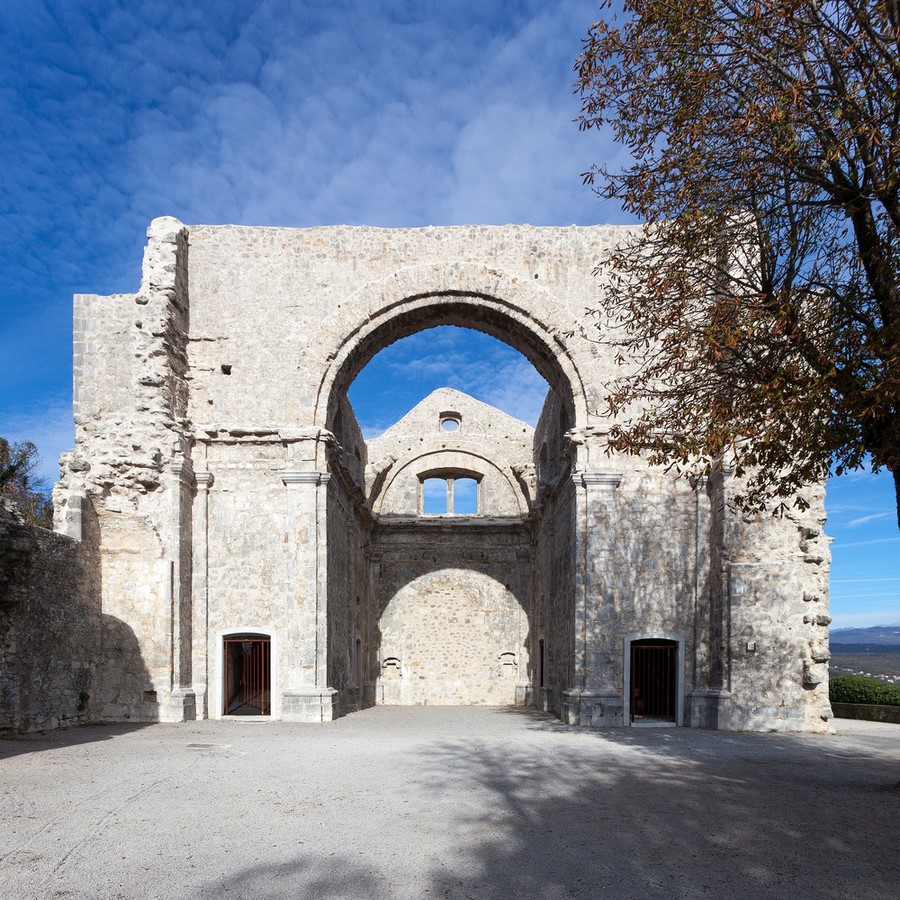
Present-Day Crekvina
Today, Crekvina stands as a plateau hosting a parking lot and a belvedere along its eastern boundary. The site retains remnants of the sanctuary and the western wall of the nave, featuring five chapels. In line with the project brief, the design serves a dual purpose: during the summer, it transforms into a stage for the Kastav Culture Summer events, while at other times, it functions as a public square and belvedere. The preserved architectural remains create a spatial “shell,” offering an ideal backdrop for cultural events and public gatherings.
Conceptual Framework
The design of the Summer Stage at Kastav, Crekvina is guided by the typological layout of the envisioned church and belvedere, strategically positioned to capture expansive views of the horizon. The project aims to elevate both functionality and aesthetics, leveraging the existing archaeological remains as a foundation. Rather than attempting to recreate the “old” church with hypothetical features, such as portals and vestries, the design takes a contrasting approach. The newly envisioned structure, characterized by distinctive shapes and materials, is deliberately detached from the original layers of walls and foundations.
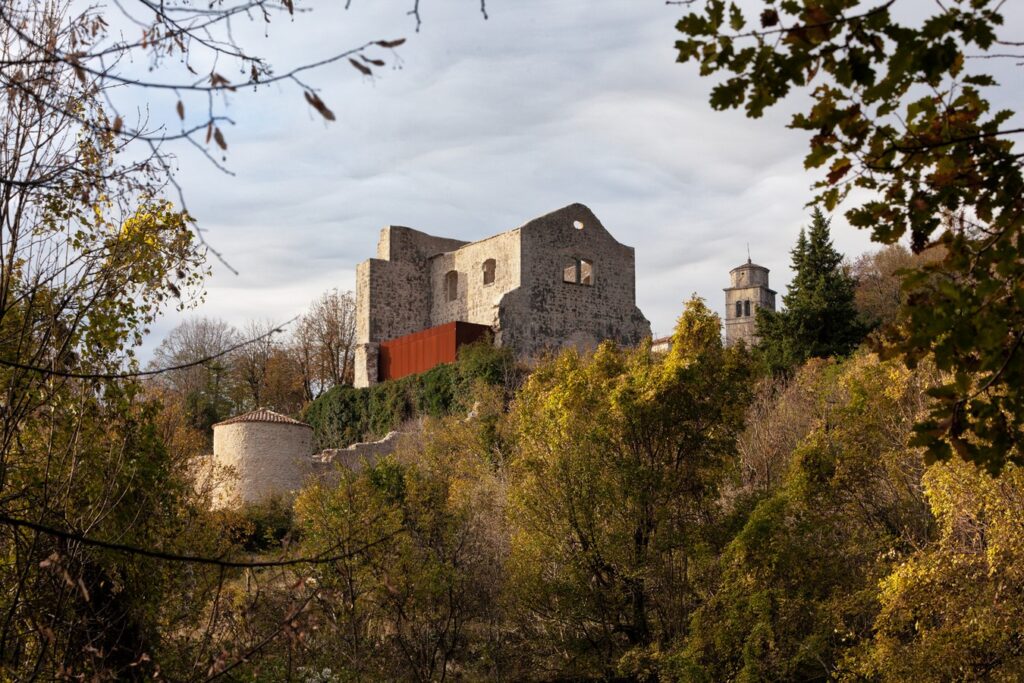
Architectural Integration
The terrace layout of the Summer Stage aligns with the historical context while offering contemporary functionality. It serves as a stage for cultural events while also providing a platform for architectural artifacts. By integrating the existing archaeological elements into the design, the project creates a seamless blend of history and modernity. The Summer Stage becomes not only a venue for performances but also a place for visitors to engage with the rich heritage of Crekvina-Kastav.
Conclusion
The Summer Stage at Kastav, Crekvina, envisioned by Nenad Fabijanić, represents a harmonious fusion of past and present. Inspired by the archaeological remains of the baroque Jesuit Church of Holy Mary, the design breathes new life into this historical site. As a versatile space for cultural events and public gatherings, the Summer Stage stands as a testament to the enduring legacy of Crekvina-Kastav, inviting visitors to rediscover its rich history and architectural heritage.


